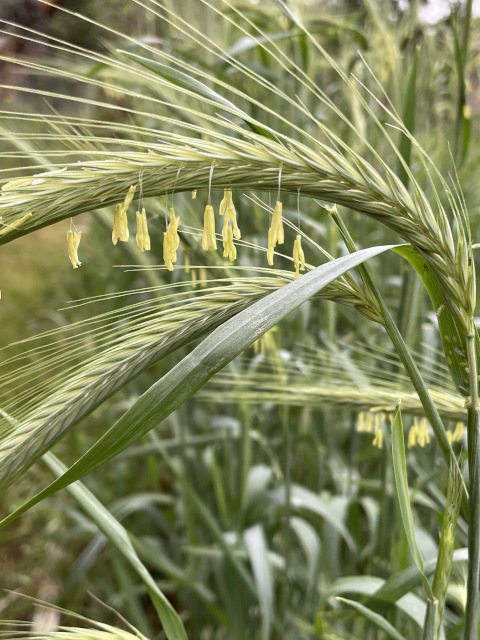Carbon For Good - Cover Cropping

Cover cropping provides a wealth of benefits but one gaining increasing appreciation is simply that plants pull carbon from the air and store it in the ground.
A vast carbon economy thrives below our feet.
During photosynthesis plants take in carbon dioxide and leak much of the carbon through root exudates that feed a living microbiome in the soil. Microorganisms trade nutrients with the plants for the carbon they receive.
This amazing exchange is part of the carbon economy taking place below the soil surface, hidden from human eyes but playing an extremely important role in the global ecology and offering significant opportunities for agriculture.
In a no-till system the carbon stored in the ground by plants can remain in the soil and build up over time. This benefits crops due to increased soil fertility and beneficial microbial activity. And if practiced on a large enough scale could be an effective means of mitigating and even reversing climate change.
An effective, relatively inexpensive, low tech means of carbon sequestration is readily available for use all over the world.
We incorporate cover crops such as the cereal rye pictured here to build and maintain healthy soil -- and hopefully help in some small way to do even more.